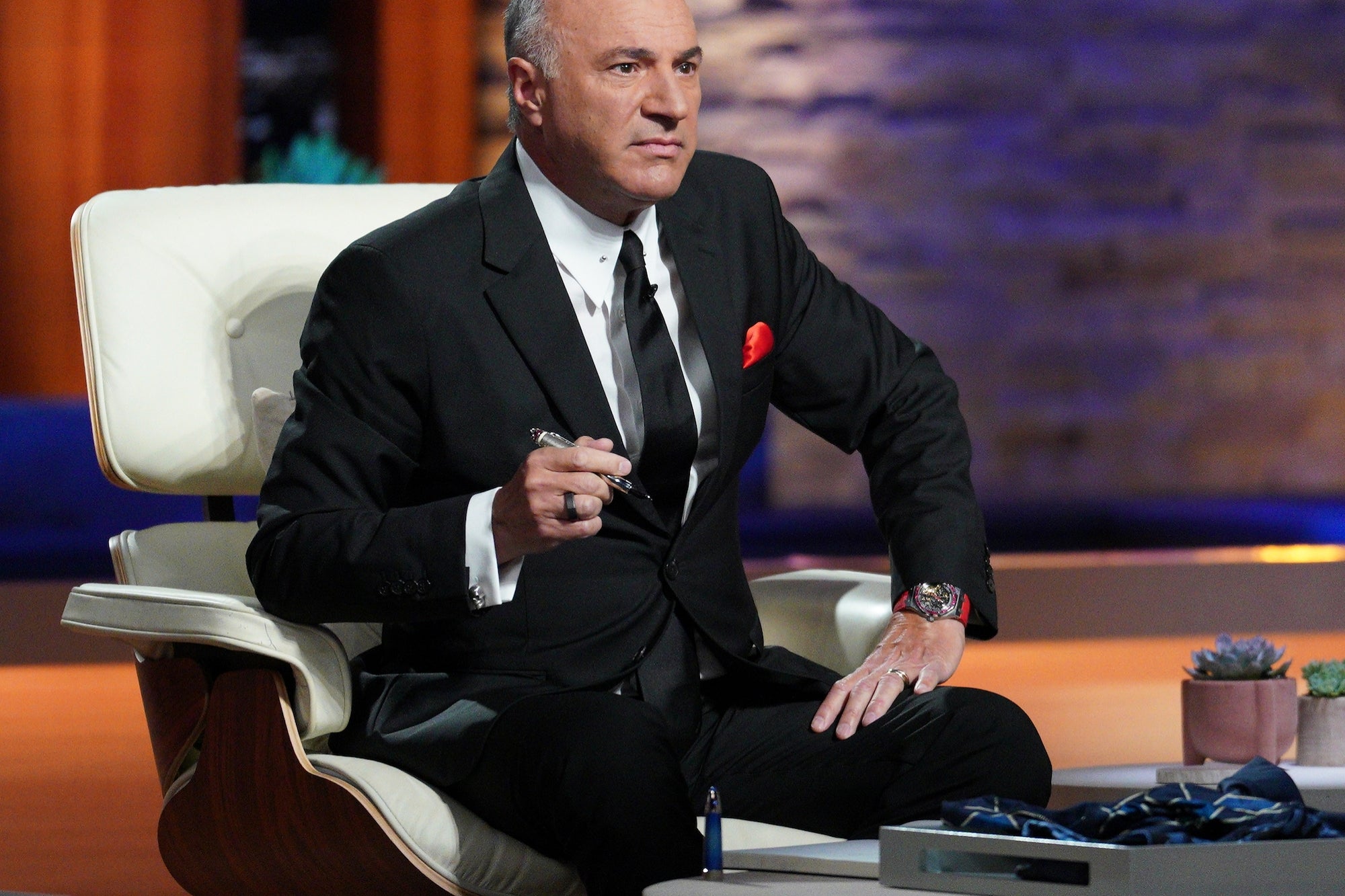How Brands Can Go From Performative Allyship to Actual Allies When you "talk the talk" without "walking the walk" you're inviting others to hold you accountable.
By Nika White Edited by Frances Dodds
Opinions expressed by Entrepreneur contributors are their own.

In these times of divisive politics, social unrest, and massive protesting, brands are taking note and including more diversity in their messaging. Many businesses are putting out social justice messages that are intended to show allyship, but if we were to look deeper, we'd find that many of these brands don't have the internal organization or actions to align with their messaging.
This is called Performative Allyship. Essentially, performative allyship is when you "talk the talk" but don't "walk the walk."
Brands and businesses know the power of marketing and intentionally creating positive social perceptions. But brands should be careful when pushing out these messages. They can create a false perception that weakens a brand's trust and respect amongst their clients.
Of course, there is power in sharing diversity messaging. I leverage that power in my own business messaging. But I think there's an opportunity for brands that want to jump on the bandwagon to jump mindfully. Here's how you can be more intentional about your diversity messaging to avoid the pitfalls of performative allyship.
What is performative allyship anyway?
After May 25th, the unfortunate and iconic day when George Floyd was killed, it seemed like everyone felt a sense of urgency to do something and say something to be on the right side of justice.
Brands and organizations started to catch on to the social justice conversations happening in the business world and society as a whole. People all over the states started seeing changes. Buildings were renamed, statues came down, murals went up, and of course, brands started changing their messaging and marketing.
Related: 5 Ways Entrepreneurs of Color Can Determine an Ally's Authenticity
Don't get me wrong — nothing in and of itself is bad about that. But the conversation I want to start awakening people to is about the pros, cons, and considerations you should be having when messaging in support of DEI and allyship. You and your business should avoid "performing" in the public space and not doing the work internally.
In DEI, there is no such thing as a perfect response or piece of writing to address racism. It's more a reflection of what you've done prior to that and more importantly, what you're going to do after the fact.
It's important to realize that when organizations or businesses make a public statement, whether internal or external, they are in essence inviting people to hold them accountable. The whole world can now scrutinize the actions of their past, how their business operates internally, the culture they've created, and how they will continue to act in the public eye.
This year, business leaders may have felt like they needed to act with a knee jerk reaction so they would be perceived as being on the right side. However, many people are seeing through brands who do not "walk the walk". People are seeing the inauthenticity of certain brands as being performative in nature. Leaders must realize there are implications and consequences that come with performative allyship.
What are the issues for my business if I engage in performative allyship?
Performative allyship can weaken trust and credibility in your business. Not only can it be hurtful for communities of color, it can also put the messaging into a context that can feel like your business is tossing some money at the diversity issues and hoping they will go away.
Related: The Supreme Court's Ruling on LGBTQ+ Workplace Protections ...
When people see performative allyship, they feel like you might be avoiding the hard and important work. This performative work can feel good on the surface and give us a glimpse of hope, because there's some level of solidarity. But at the end of the day, those of us who care about DEI work are left wondering where the deep work is and what practical steps are present to help us dismantle systemic racism.
As entrepreneurs who care about DEI, we don't want this work to be window dressing or simply checking a box. We don't want it to be a costume for the actual problems at hand. We want to see society emerge stronger and not repeat the injustices of the past. We want organizations to align their words with their actions. We want our businesses to act and communicate with integrity and credibility.
Brands are making a fatal mistake with performative allyship. It's about intent versus impact. Just because you didn't intend for something to land a certain way shouldn't mean others have to suffer the consequences. Insensitive DEI messaging can result in negative word of mouth, poor response from the market, or people boycotting your business.
What can you do to be an actual ally?
Here are some tips for brands to become actual allies and avoid performative allyship.
- Count the cost. Before you feel it appropriate to write a statement, make a verbal pledge, or change your messaging, you need to "count the cost" and know what it means to deliver upon it. In other words, dig into the work or consult with a DEI specialist to see what being aligned with diversity, equity, and inclusion work will cost you, your team, and your business. Analyze your resources so you can live up to the DEI messaging you want to enact.
- Do an internal evaluation. It's particularly important to evaluate your DEI efforts through the lens of the leadership team. You must think through what will help your business have a strong, solid foundation upon which success can occur around DEI. Ask yourself and your team questions such as:
- Are you actually ready for DEI work?
- Do you have the infrastructure to support it?
- Do you have the capital to support it?
- Do you have processes in place to drive sustainable change?
- Are you doing an assessment to gather important data to inform the path forward?
- Have a readiness conversation and conduct an assessment. To build upon the last point, I encourage brands and leaders to ask questions around the Meyer's DEI Spectrum Tool 12 Dimensions of DEI work. These 12 dimensions include assessing policies, leadership, infrastructure, training, and more. This assessment includes seeing if you've done the hard work of having those conversations to see why you are doing this work, analyzing the business case for it, and ensuring there is alignment for vision across leadership.
- Create systems for equity and justice. If you want to empower Brown and Black people, ask yourself, do you have systems in place for that? Even if your proposed systems are small in stature, make sure you can deliver on them—if not, then don't market it. After analyzing and assessing, you can consult with DEI professionals to create these systems and implement these ideals for external messaging.
- Avoid being woke-washed. People want to support brands they feel really are "woke" and not "woke washed". They want to support brands who are actually aligned with their values and are doing the hard work. Ben & Jerry's is a great example of a brand that is woke and working towards justice in the world. They were demonstrating allyship well before the death of George Floyd and continued to support DEI efforts afterward. They earned the trust of their audience and avoided the pitfalls of being superifically woke-washed. In other words, they talked the talk and walked the walk.
When you are aligned, prepared, and honest about the messaging you wish to share, you will be taking critical steps towards actual allyship.
As we move forward into the world and more racial and social equity issues show up (because they will), make sure to dig deep and truly do the work to avoid any performative allyship.
Make sure you can back your messaging up with the systems, culture, and infrastructure change in your organization that creates actual impact. Make sure you are actually doing the allyship work to help you and your business contribute to a more just and equitable world.
Related: Be Intentional About Diversity









